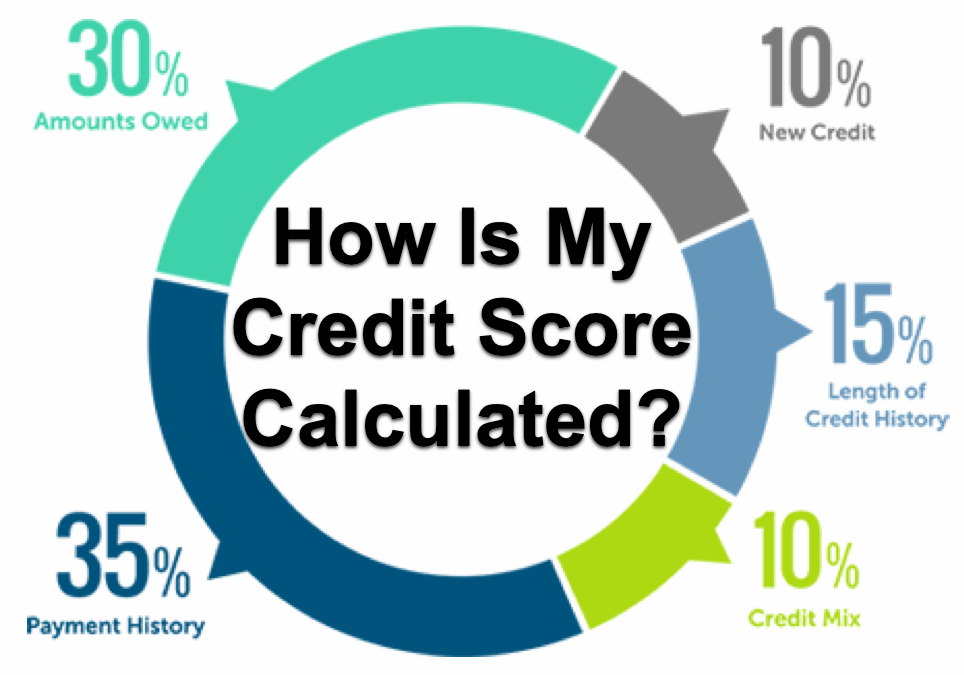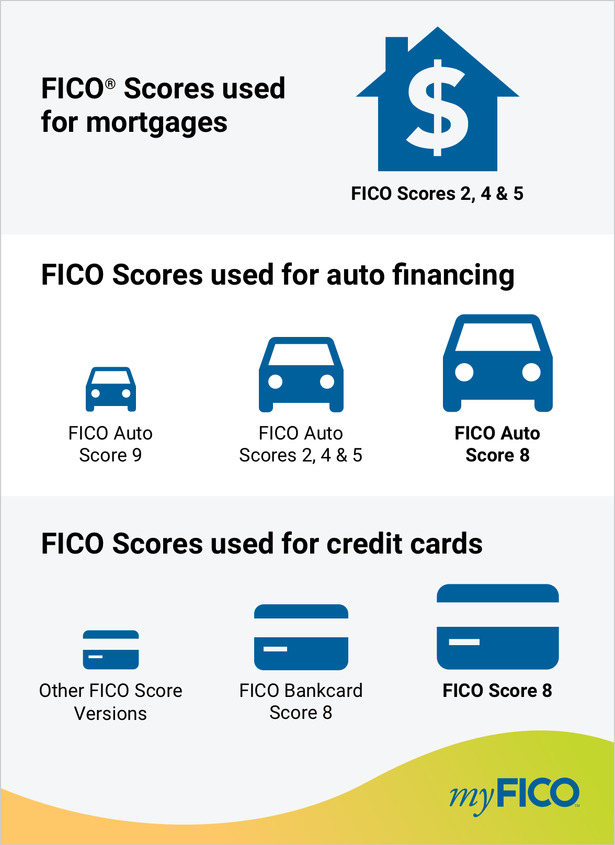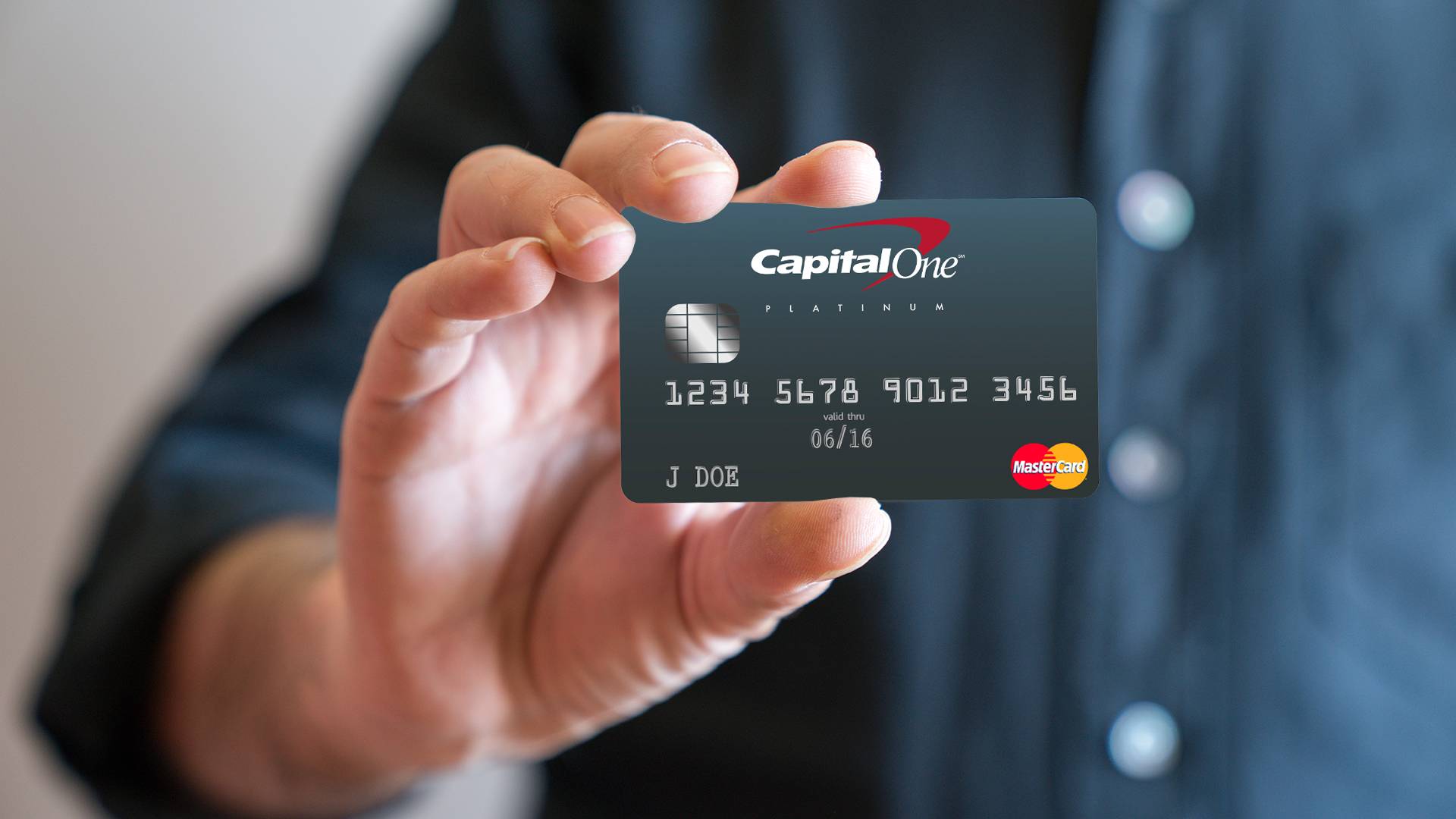
When they issue your monthly statements your credit card company may send you your revolving consumption to the credit reporting agencies. This makes it hard to maintain a low rate of revolving use. You can avoid this by making a payment to your creditor before they report your balance to credit bureaus. You will see a decrease in your revolving use if this is done.
Low revolving debt balances
Credit card companies report balances to the credit bureaus when they print out monthly statements. Your revolving use rate will be higher if your balance is not paid by the due date. This can make it more difficult to keep your debt balance low. You can arrange a payment schedule before your creditor reports your debts to credit bureaus.
Keeping your revolving debt balances low is important for maintaining a good credit score. Credit cards have high interest rates and can be costly to carry. Avoiding this type of debt is the best way to go. You can improve your credit score by following these steps.
Revolving credit debts can be paid off
It is not a new idea to reduce revolving credit utilization. Revolving credit is a type or credit card that has a monthly repayment. Important to remember that installment loans do not count as revolving. However, credit cards or home equity lines may be considered credit utilization. You can reduce your revolving credit balances and increase your credit utilization by paying down your outstanding balances.

The best way to reduce revolving debt is to pay it down in full. This will allow you to access more money as and when you need it. But, if the balance is not paid in full, the interest can accumulate.
Account limit reduction
When your credit limit is lowered, it's important to work with the lender to make up for the loss. Tell the company about the situation. They may be able to increase the credit limit. If they cannot, you might try calling another creditor. If you've had a bad credit history in the past, this might be an opportunity to repair your score.
Your credit limit is the maximum amount you can borrow from your financial institution. It is usually determined based on your credit history, income, debt and credit history. It will impact your credit score as well as your ability to get future credit.
Lowering credit card balances
Borrowers should be aware that the credit score factor of recurring utilization is important. It's the percentage of credit cards balances that exceed your total credit limit. Low revolving utilization is better for your credit score than high revolving. There are ways to decrease your revolving utilization rate without affecting your credit rating.
Credit card balances are a very common financial problem. It is essential to pay them off as soon a possible. Paying your credit card bills each month should be your goal. This will prevent you from carrying over your balances into the next month. Spreading your spending across multiple cards is a good way to ensure you don't max out one card.

Home equity line of credit: Paying it down
A home equity loan of credit (HELOC), which is a revolving line secured to a borrower's house, is a line of credit that can be used for revolving purposes. This allows borrowers the flexibility to repay their loans and to borrow as much as they want, up to the credit limit's maximum. It can be used either to cover large, recurring costs such as home renovations or for unexpected expenses such like medical bills.
The repayment period for a home equity credit line is a series of monthly payments, including principal and interest. The amount of equity you have in your house will affect the length of your repayments. Most lenders will allow you to borrow as much as 80%. A fixed or variable rate of interest can be chosen.